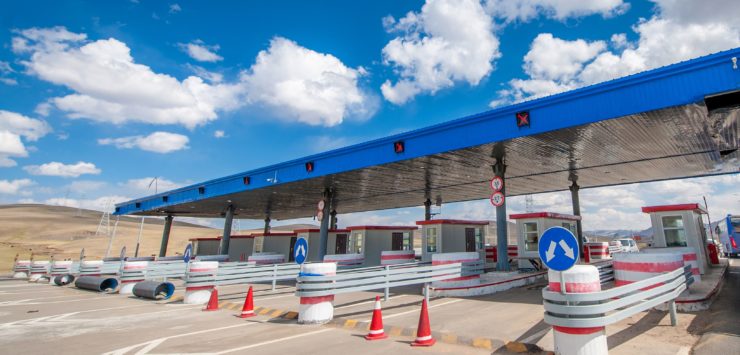
by Les Howard
The rapid growth of the internet coupled with the European Single Market means that many businesses buy and sell cross border. The rules do not exclude such transactions from VAT. However, there are some additional issues that businesses need to be aware of.
Selling Cross Border – Ask The Right Questions!
Am I selling goods or services?
Is my customer in the EU, or outside the EU?
Is my sale B2B or B2C? If your customer is in business, you will need their VAT number (if in the EU), or other evidence that they are in business (non-EU).
Special rules if you are selling goods
You can zero rate the sale of goods to a customer outside the EU, and the sale of goods to a business customer in the EU. The main condition is that you hold evidence of their physical removal (in the EU) or export (outside the EU). Without satisfactory evidence, HMRC can assess you for VAT on the goods.
Special rules if you are selling digital services B2C
UK businesses selling B2C within the EU are required to register with the Mini One Stop Shop (MOSS). This is required irrespective of turnover, and whether or not you are already registered for VAT in the UK. It provides a simplified way of accounting for VAT, and avoids the necessity of registering in several EU Member States. There is now some good information on the HMRC website, and you should consider registering before 2015.
Selling goods or services into the EU
You are required to complete an EC Sales List to report zero rated B2B sales to the EU.
Buying cross-border – ask the right question!
Am I buying goods or services?
Is my supplier in the EU, or outside the EU?
If you buy goods from outside the EU, you will pay VAT at import. You are allowed to reclaim this VAT on your Return.
If you buy goods from within the EU, you will provide your UK VAT number, so that you are not charged VAT. You then calculate ‘Acquisition VAT’ which is 20% (or other UK rate) of the value of the goods. This is shown in Box 2 of your VAT Return, and then reclaimed, subject to the input tax rules.
In a similar way, if you purchase services from within the EU, or from outside the EU, you will not be charged VAT. (You will provide your UK VAT number to an EU supplier.) You use the ‘Reverse Charge’ procedure. This means you account for output tax on the value of the services in Box 1 of your Return, and then reclaim VAT subject to the input tax rules.
Disclaimer: these articles are brief introductory comments on some areas of tax, You will appreciate that whilst every effort is taken to ensure accuracy, your own circumstances may be sufficiently different, such that the tax outcome is not the same. Therefore please do not rely on the article as ‘professional advice.’ In all cases it is recommended that you seek advice applicable to your own situation.












LEAVE A RESPONSE